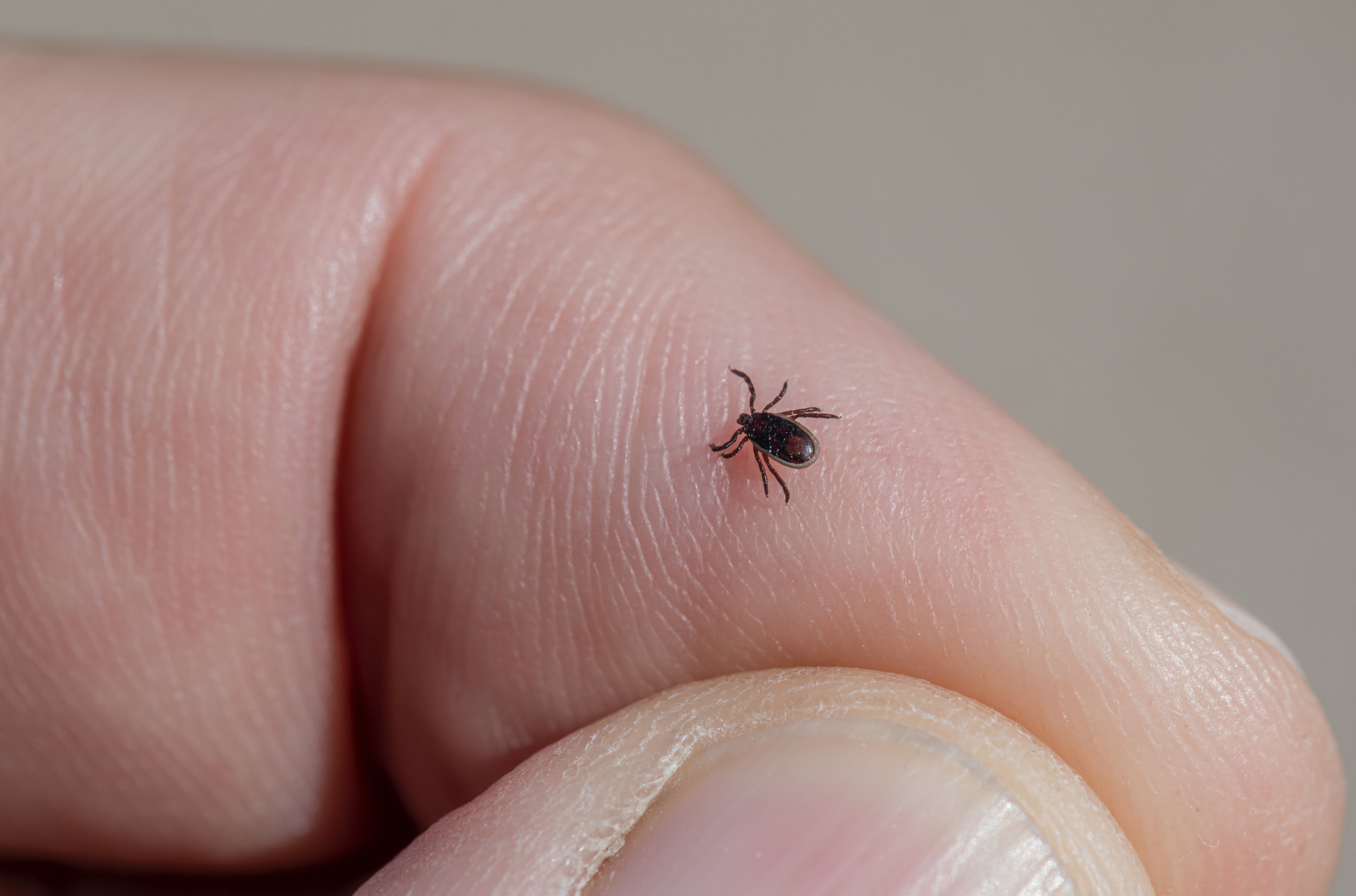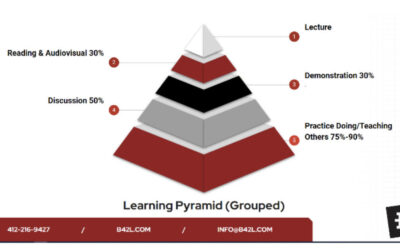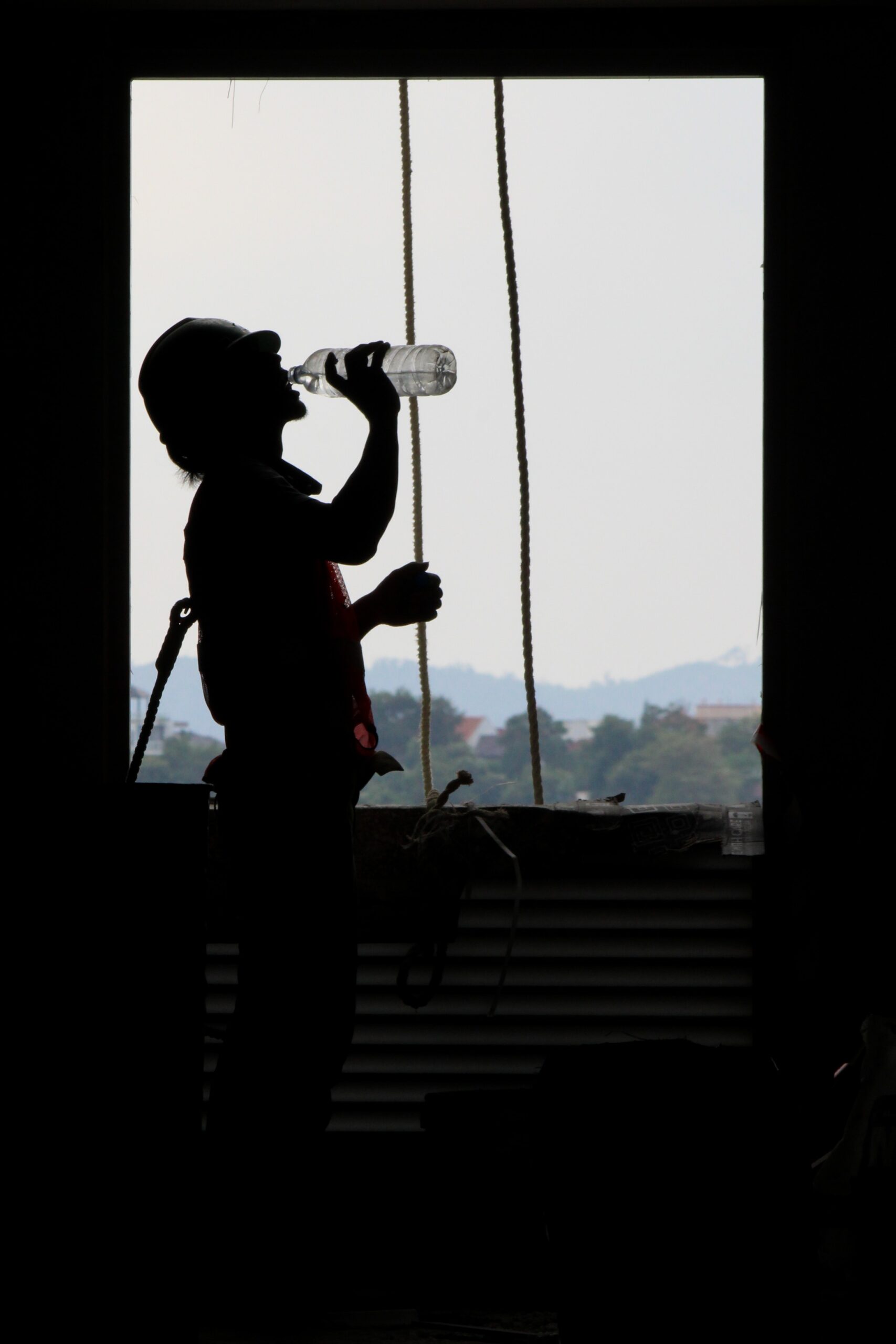
Electrical Safety
Introduction:
Electricity is a powerful and essential source of energy that we rely on for various tasks. However, it can also pose significant risks if not handled properly. By understanding electrical hazards, implementing mitigation techniques, and utilizing appropriate personal protective equipment (PPE), we can prevent accidents, injuries, and even fatalities. In this toolbox talk, we will highlight key points of electrical safety, including hazards, mitigation techniques, and the importance of using PPE to promote a safe working environment.
Electrical Hazards
Electrical hazards can be present in various forms in the workplace. It is important to be aware of these hazards to prevent accidents and injuries. Some common electrical hazards include:
- Exposed Wires: Exposed electrical wires pose a risk of electrical shock and should be reported immediately.
- Faulty Equipment: Equipment with damaged cords, plugs, or switches can cause electrical hazards and should be repaired or replaced promptly.
- Overloaded Circuits: Overloading circuits with excessive electrical load can lead to overheating and fires.
- Wet Conditions: Working with electricity in wet conditions increases the risk of electrical shock. Mitigation Techniques
- To mitigate electrical hazards and promote safety, it is important to implement the following techniques:
- Lockout/Tagout (LOTO): LOTO procedures should be followed when working on electrical equipment. LOTO involves de-energizing and isolating equipment from its power source to prevent accidental energization during maintenance or repairs.
- Ground Fault Circuit Interrupters (GFCIs): GFCIs help protect against electrical shock by monitoring the flow of electricity and quickly shutting off power if a ground fault is detected.
- Insulation and Grounding: Ensuring proper insulation of wires and equipment helps prevent electrical shock. Proper grounding reduces the risk of electrical faults and provides a safe pathway for electrical curand Installationrents.
- Proper Wiring : Electrical wiring and equipment should be installed by qualified professionals following appropriate codes and standards. Regular inspections and maintenance are essential to identify and rectify any issues promptly.
Personal Protective Equipment (PPE)
Using appropriate personal protective equipment (PPE) is crucial when working with electricity. Some commonly used PPE includes:
- Rubber Gloves: Insulating rubber gloves provide protection against electrical shock when working with energized equipment or electrical systems.
- Rubber Matting: Rubber mats or insulating floor coverings can be used to create an electrically safe work area, reducing the risk of electrical shock.
- Insulated Tools: Insulated tools have non-conductive handles and provide an extra layer of protection when working on or near live electrical parts.
- Flame-Resistant Clothing: In situations where arc flash or fire hazards are present, flame-resistant clothing helps protect against burns and injuries.
Safe Work Practices
In addition to PPE, following safe work practices is essential for electrical safety:
- Never work on live electrical parts unless it is absolutely necessary and all appropriate precautions have been taken.
- Conduct regular inspections of electrical cords, plugs, and equipment for any damage or signs of wear.
- Keep work areas clean and free of clutter to reduce the risk of trips and falls.
- Follow manufacturer’s instructions and guidelines for the proper use and maintenance of electrical equipment.
- Never use metal objects, such as screwdrivers or knives, to remove fuses or reset breakers.
- If you do plan on working on Energized Parts and Equipment, ensure you have proper NFPA 70E Arc Flash Training. B42L Training conducts regular NFPA 70E Arc Flash Training at its Training center or at your facility. Inquire for more information today!
Conclusion:
Electrical safety is of utmost importance in the workplace. By recognizing electrical hazards, implementing mitigation techniques, and utilizing appropriate PPE such as rubber gloves, rubber matting, and insulated tools, we can protect ourselves and others from electrical accidents and injuries. Remember to follow safe work practices, report any electrical hazards promptly, and prioritize safety at all times. Together, we can create a safe working environment where electrical incidents are prevented, and everyone can go home safely at the end of the day.








